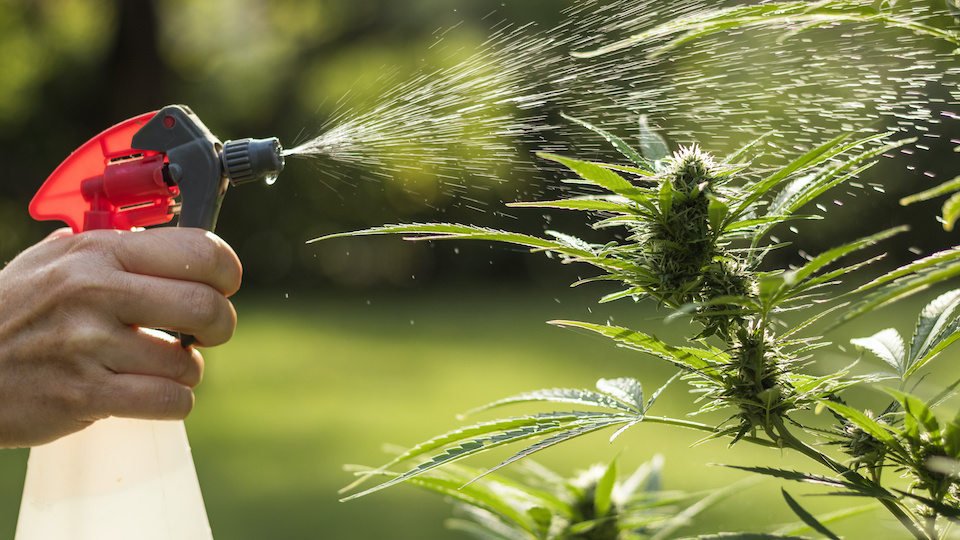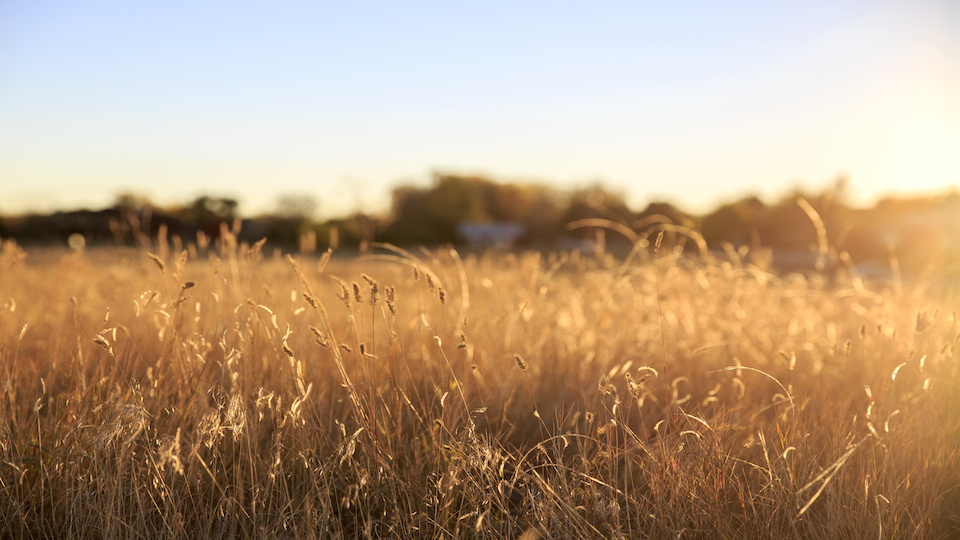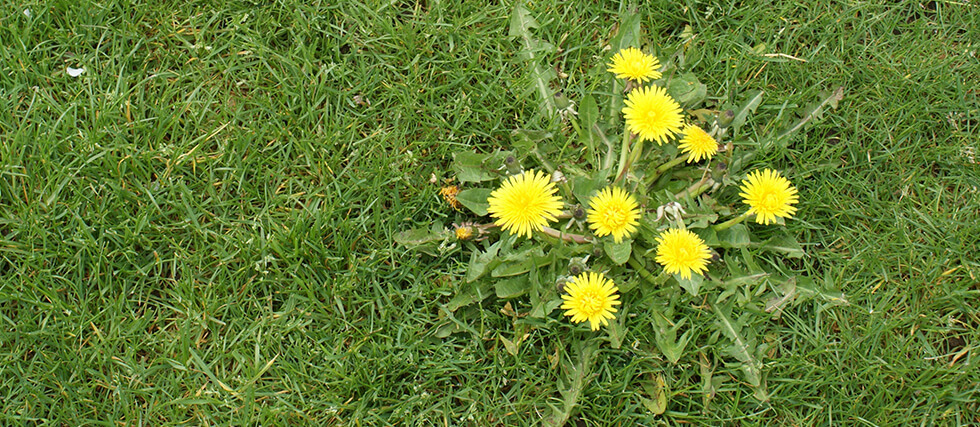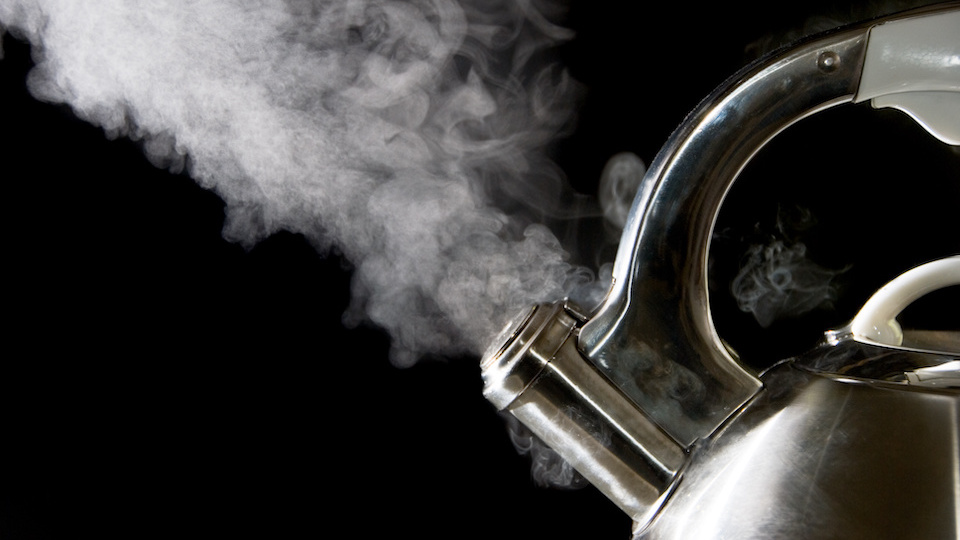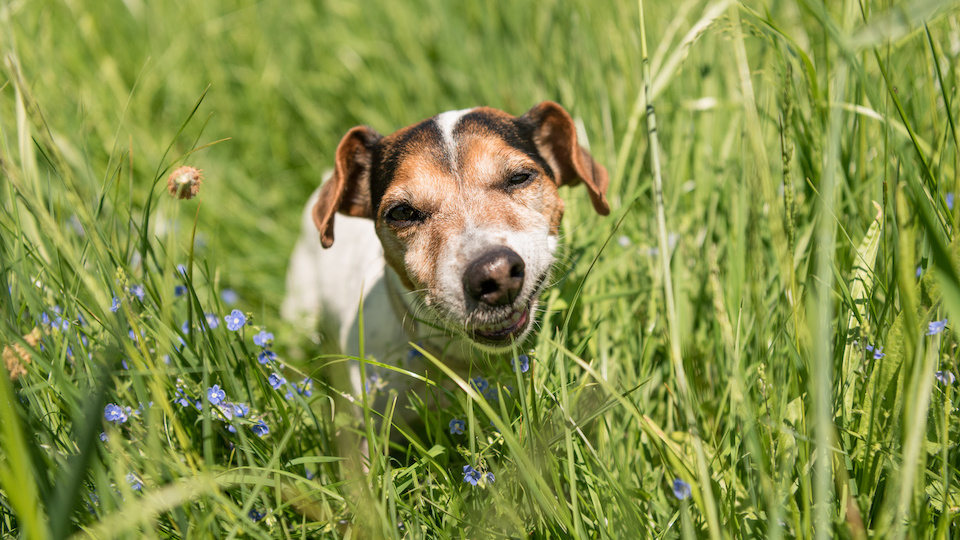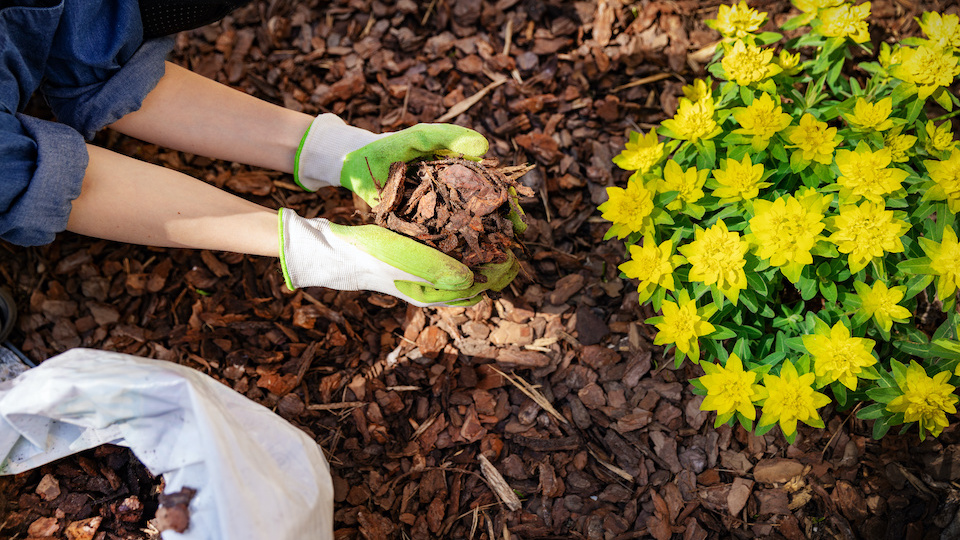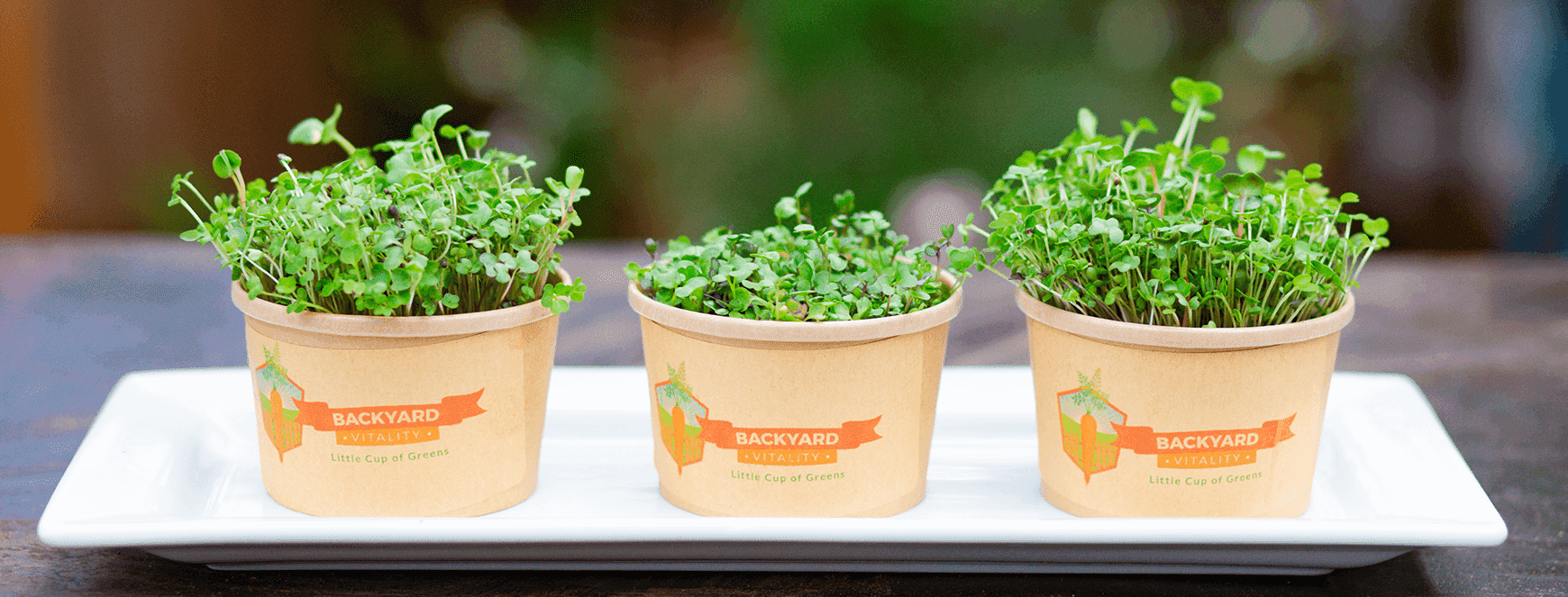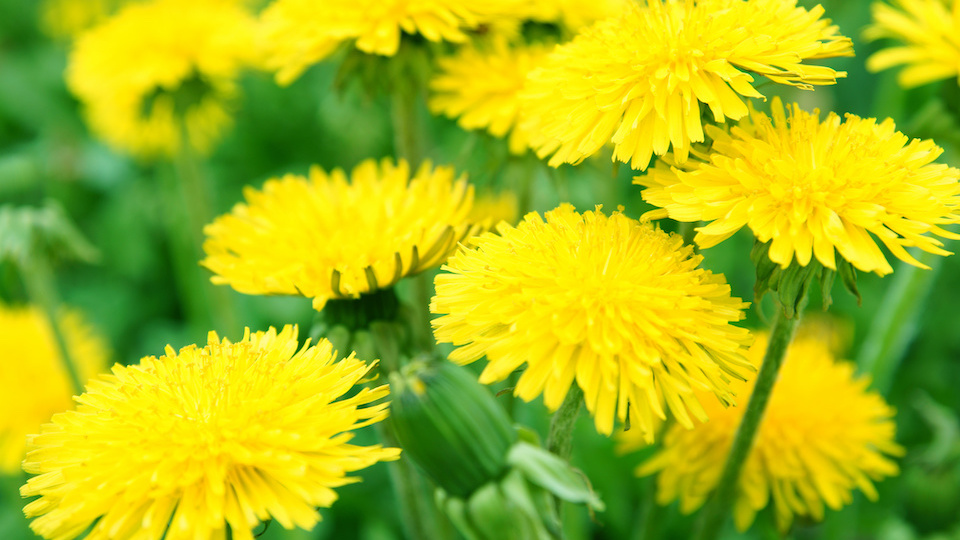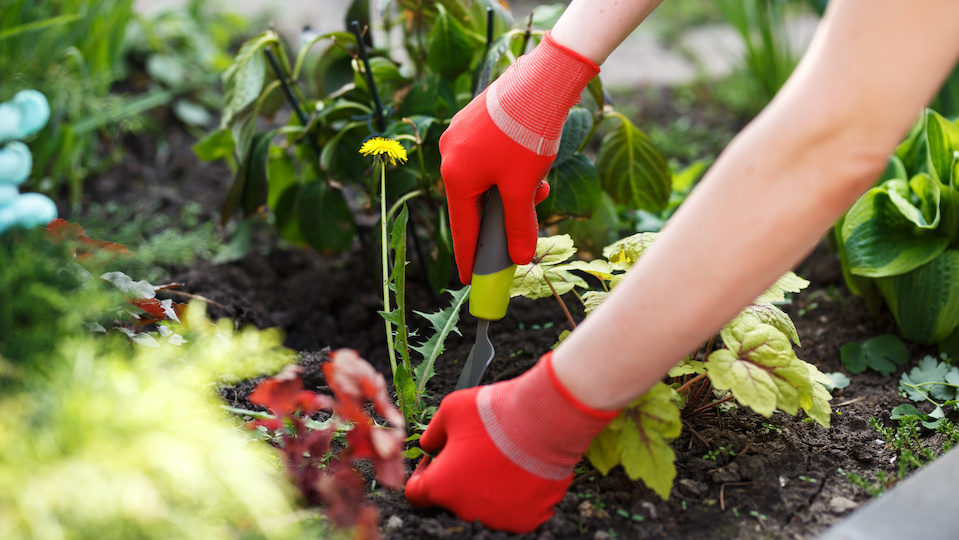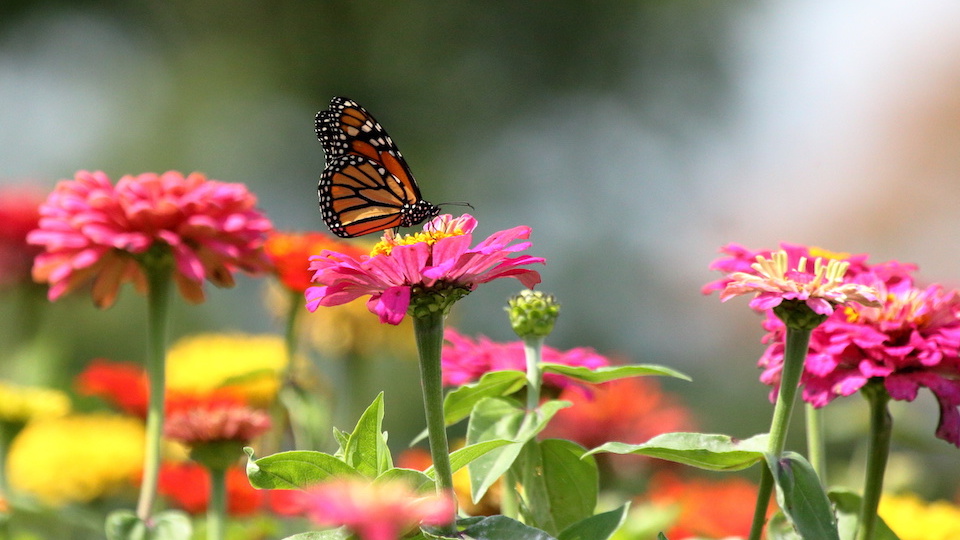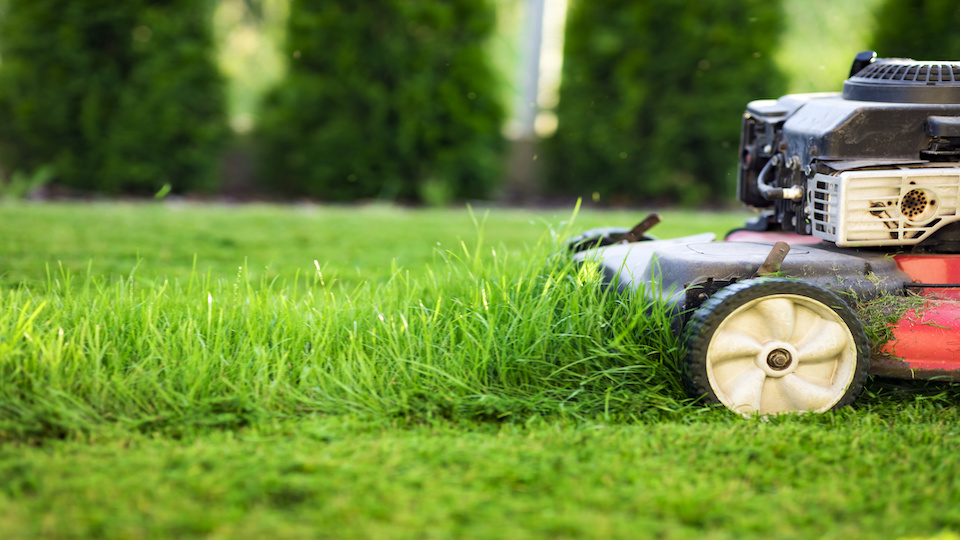Weeds are often seen as pesky invaders, but many of them are actually highly nutritious, free, and widely available across North America. As concerns over food security and sustainability grow, foraging edible weeds is a practical and eco-friendly way to diversify your diet.
Foraging Tips for Edible Weeds
- Choose Clean Areas – Avoid harvesting weeds near roadsides, industrial areas, or places sprayed with pesticides. Public parks, backyards, and hiking trails often have clean, accessible plants.
- Identify with Caution – Some edible weeds resemble toxic plants. Use a reliable field guide or apps like PlantNet for proper identification.
- Harvest Responsibly – Take only what you need and leave enough for wildlife and future growth.
- Wash Thoroughly – Rinse your finds well to remove dirt, bacteria, and any residual contaminants.
Top Edible Weeds in North America
Here are the top common edible weeds in North America that are nutritious, abundant, and easy to forage:
Dandelion (Taraxacum officinale)
Dandelions are one of the most recognizable and commonly found edible weeds in North America. Every part of the plant is edible, including the leaves, flowers, and roots. The leaves add a pleasant bitterness to salads or can be cooked like spinach. The flowers are often used to make tea, wine, or fritters, while the roots can be roasted and ground as a coffee alternative. Dandelions are rich in vitamins A, C, and K, antioxidants, and fiber, making them both nutritious and versatile.
Stinging Nettle (Urtica dioica)
Stinging nettle is a powerhouse of nutrition, packed with iron, calcium, protein, and vitamins A and C. Though the plant stings when touched, cooking or drying the leaves removes the sting. It can be used in soups, stews, stir-fries, or brewed into tea. Nettles have a rich, earthy flavor similar to spinach and are excellent for boosting immunity and overall health.
Chickweed (Stellaria media)
Chickweed is a mild, spinach-like weed that grows year-round in North America. The leaves, stems, and small star-shaped flowers are all edible and can be eaten raw in salads or blended into pesto. This plant is high in vitamins A, C, and B, along with essential minerals like iron and magnesium. It is often used as a nutritious addition to soups and quiches.
Lamb’s Quarters (Chenopodium album)
Also known as wild spinach, lamb’s quarters are highly nutritious and easy to cook. The leaves and young shoots can be used in place of spinach in stir-fries, soups, and smoothies. The seeds are also edible and can be used similarly to quinoa. This plant is packed with protein, fiber, calcium, and potassium, making it a valuable wild green.
Purslane (Portulaca oleracea)
Purslane is a juicy, succulent weed that is high in omega-3 fatty acids, vitamin C, and magnesium. Its crisp texture and slightly tangy flavor make it perfect for adding to salads, sandwiches, and stir-fries. Purslane thrives in dry, sandy areas and is one of the most nutrient-dense wild plants available.
Wild Amaranth / Pigweed (Amaranthus spp.)
Wild amaranth is a resilient plant that produces edible leaves, stems, and seeds. The leaves can be cooked like spinach or added to soups, while the seeds serve as a protein-rich grain alternative. This plant is packed with iron, fiber, and amino acids, making it an excellent wild food source.
Wood Sorrel (Oxalis spp.)
Wood sorrel has a lemony, tangy taste and is often used to add a fresh citrus-like flavor to dishes. The leaves, stems, and small yellow or white flowers are edible and work well in salads, teas, and garnishes. It is rich in vitamin C and can even be used to make a refreshing lemonade substitute.
Curly Dock (Rumex crispus)
Curly dock is a hardy weed with young leaves that can be cooked like spinach. The stalks are sometimes peeled and eaten like rhubarb, while the seeds can be ground into flour. High in iron, potassium, and vitamin C, curly dock is a nutrient-rich addition to a foraged meal.
Burdock (Arctium spp.)
Burdock is best known for its long, edible root, which can be roasted like carrots or made into a tea. The young leaves and stems are also edible, though they have a slightly bitter taste. Burdock is valued for its medicinal properties, particularly in supporting digestion and liver function.
Garlic Mustard (Alliaria petiolata)
Garlic mustard is an invasive plant with a bold, garlicky flavor. Its leaves, flowers, seeds, and roots are all edible and can be used in pesto, salads, and stir-fries. This plant is rich in vitamin C, iron, and fiber, making it a nutritious wild green with a strong taste.


